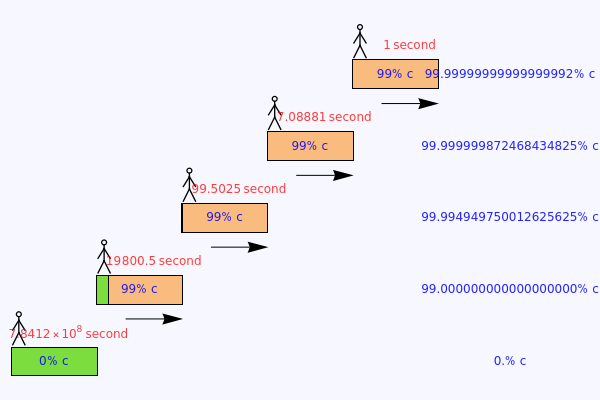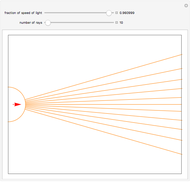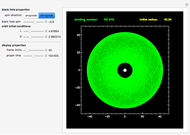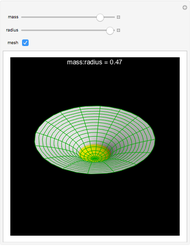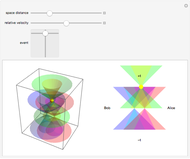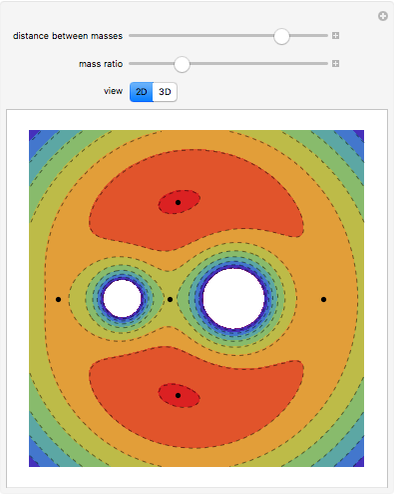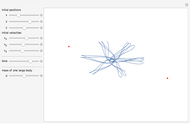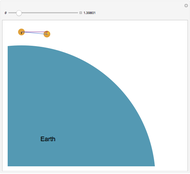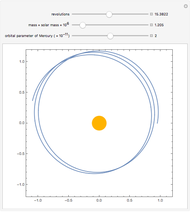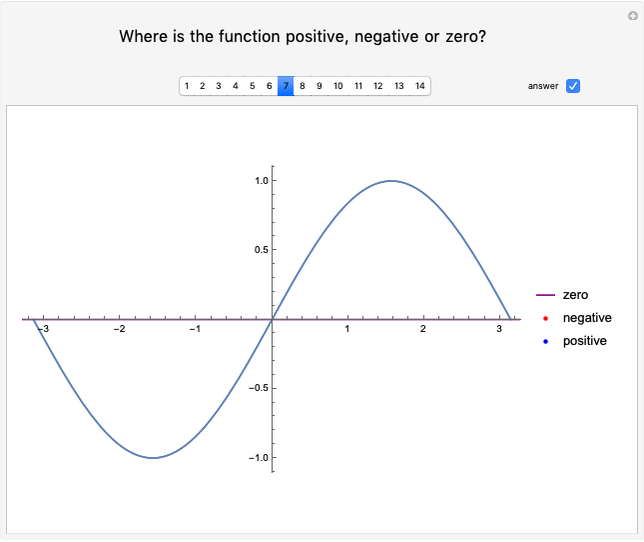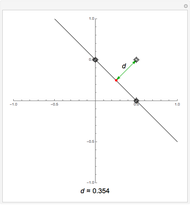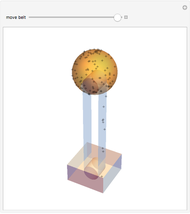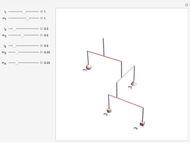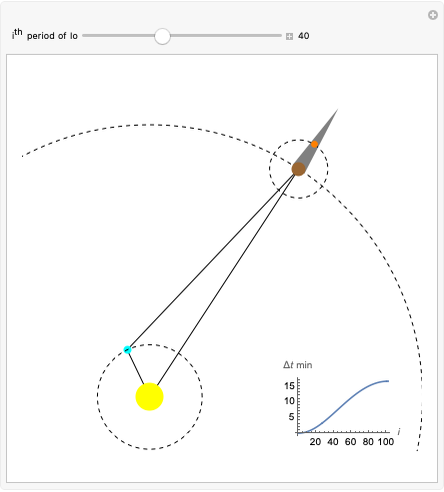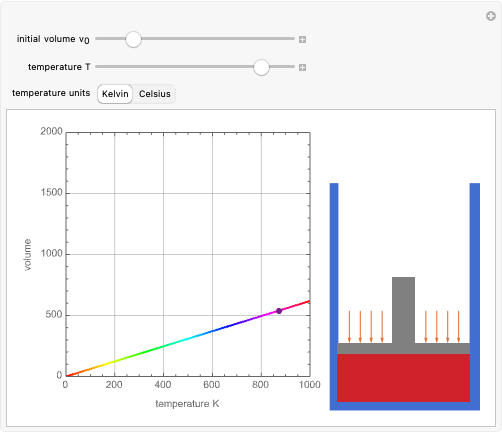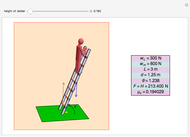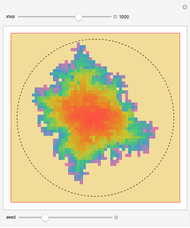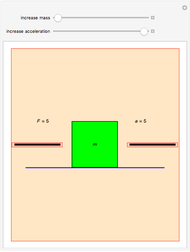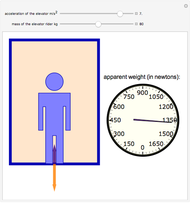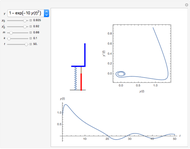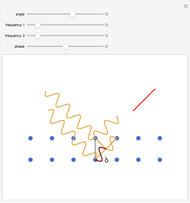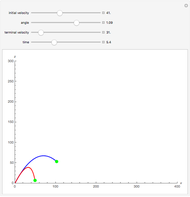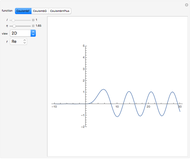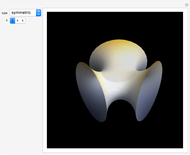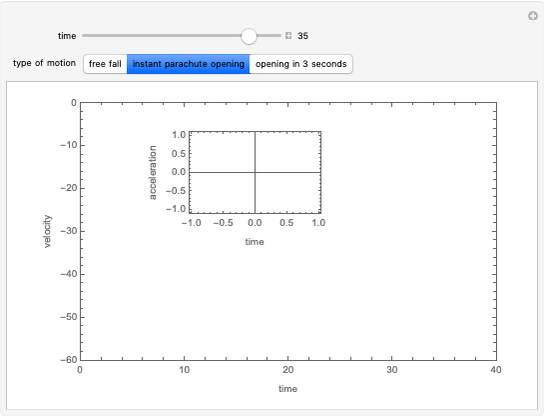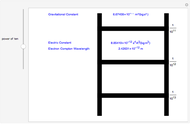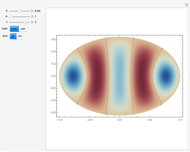Russell's Thought Experiment in Special Relativity

Requires a Wolfram Notebook System
Interact on desktop, mobile and cloud with the free Wolfram Player or other Wolfram Language products.
In Bertrand Russell's book "The ABC of Relativity," he explains the following thought experiment: Suppose an observer is on a platform at rest, a second observer is on a second platform that moves with a velocity that is a fraction of the speed of light relative to the first, a third observer moves with respect to the second with the same velocity, and so on. What is the relative velocity of each platform to the observer at rest? The experiment shows that any observer never reaches the speed of light, as we can see by calculating the Lorentz transformation of velocities (shown at right). Green boxes indicate the length contraction of the platforms and red text the time dilation as measured by the observer at rest.
Contributed by: Enrique Zeleny (March 2011)
Open content licensed under CC BY-NC-SA
Snapshots
Details
Permanent Citation
